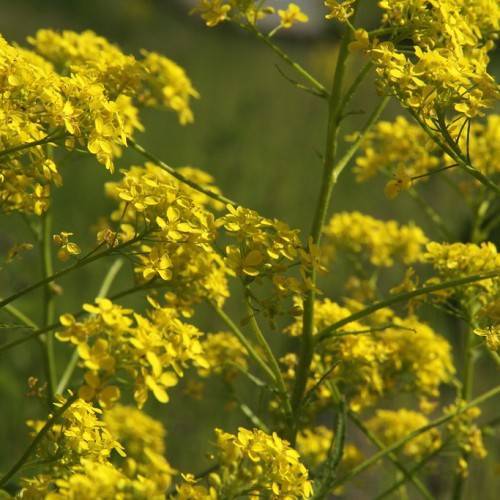
Turkish Rocket
Bunias orientalis
Watering:
Frequent
Hardiness Zone:
Sun:
full sun,part shade
Leaf:
Yes
Growth Rate:
Low
Drought Tolerant:
Yes
Salt Tolerant:
Yes
Care Level:
Medium
watering
Corn Gromwell should be watered regularly and deeply, about once per week in the summer and about once every 2 weeks in the winter. Too much water can cause the plant to rot or become waterlogged, so it's important to be mindful of allowing the soil to dry out a bit in between waterings. Whenever watering, make sure to really saturate the soil, so that it penetrates deeply and reaches the root system. It is a great idea to perform finger testing to make sure the soil at least 2" down is dry before adding more water.
sunlight
Corn Gromwell (Buglossoides arvensis) prefers to live in well-drained, sunny locations. In optimal growing conditions, the plant should receive a minimum of 6 hours of direct sunlight a day, but can thrive in up to 8 hours of full sun. During the hot summer months, it may benefit from light afternoon shade. When grown in partial shade or indoors, the plant may not produce the same level of growth or flower production as when it grows in an area with ample sun exposure.
pruning
Corn Gromwell (Buglossoides arvensis) should be pruned annually during late winter or early spring. Minor pruning can also be performed during the growing season if needed. The aim of pruning this plant species is to promote a bushy form, to increase flower production, and to control potential spread. Prune this plant by cutting back any long, unruly stems to the desired size. Make sure to remove any dead or damaged stems and branches as well. It may also be helpful to thin out the stems occasionally to increase air circulation around the plant and improve growth.
